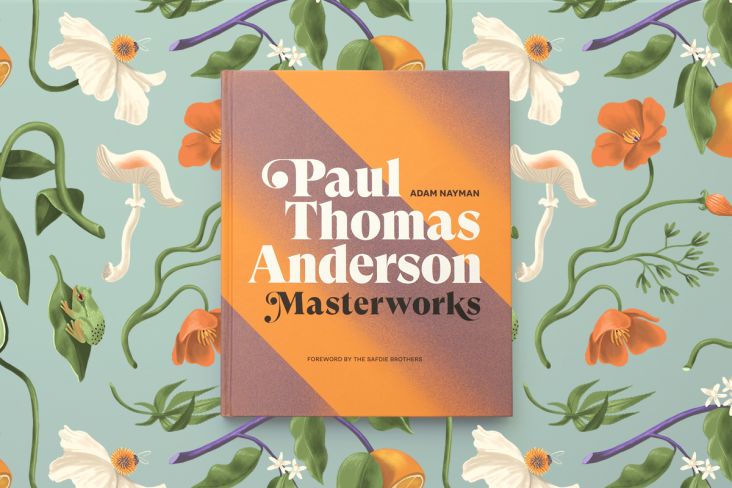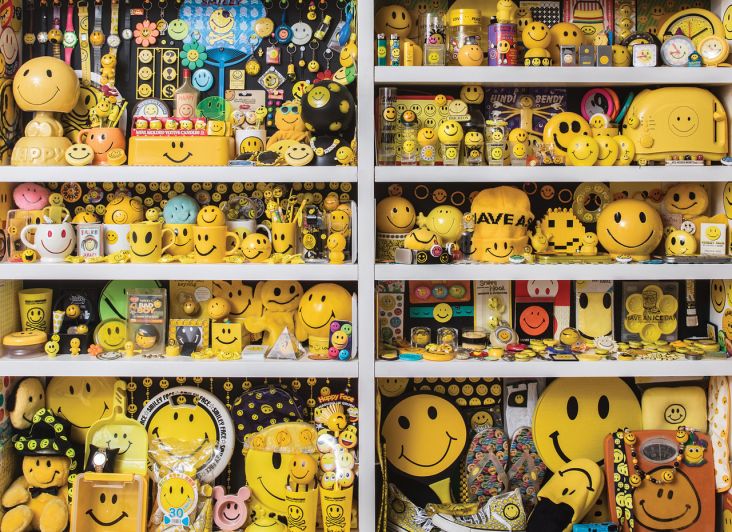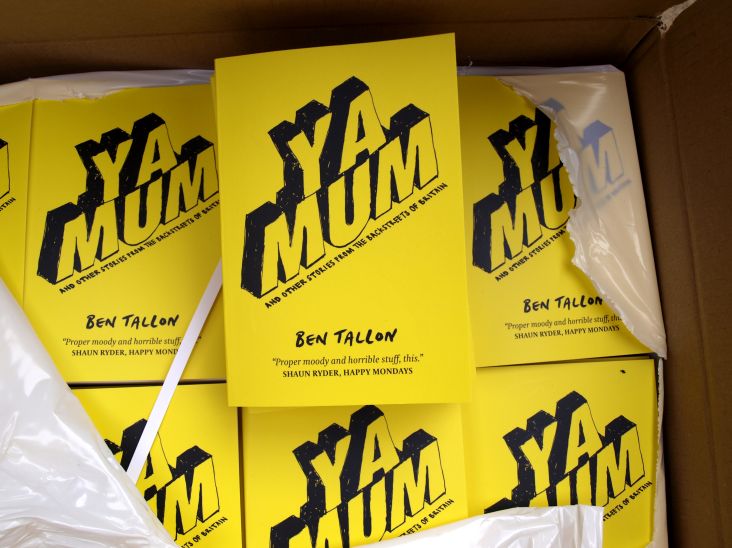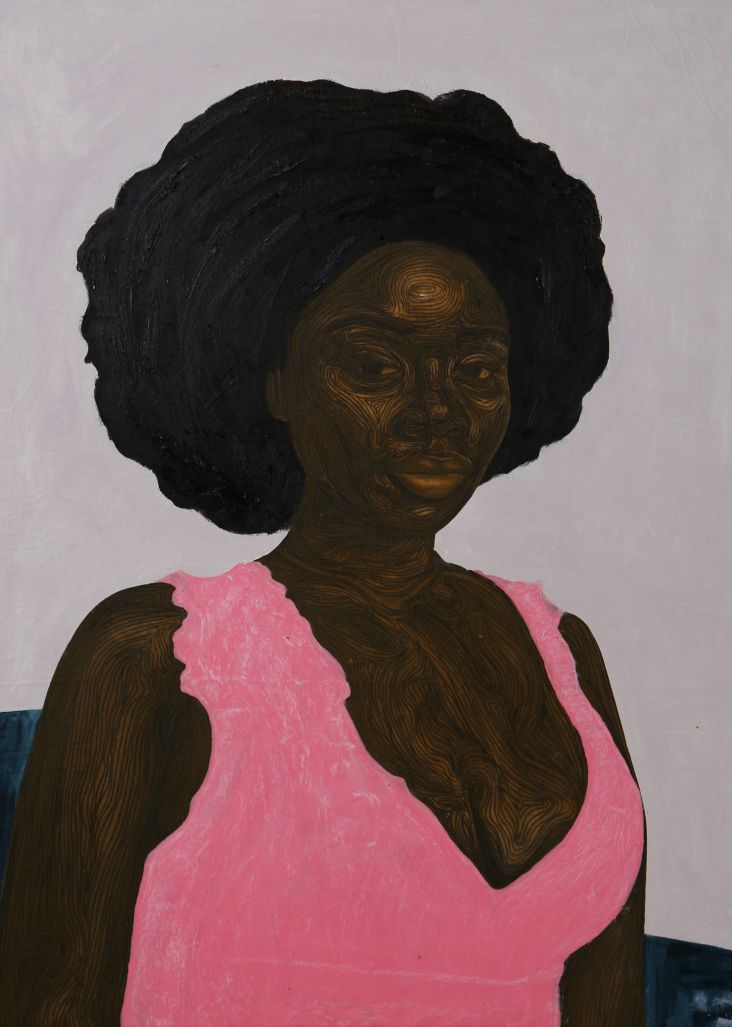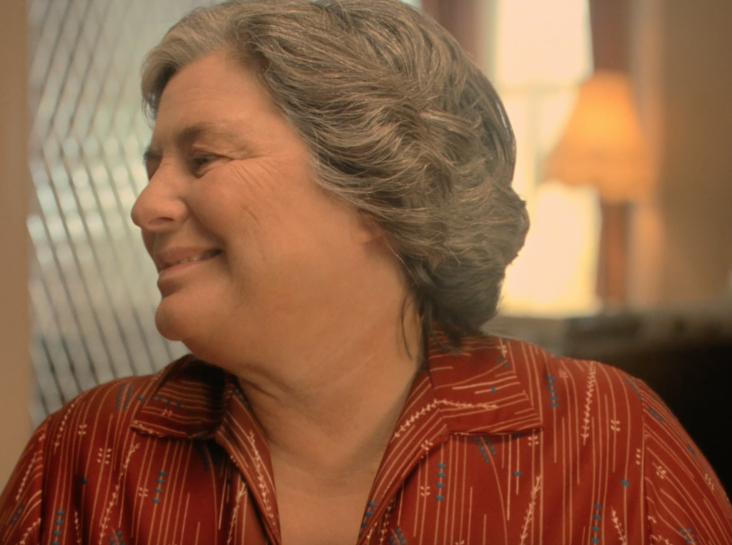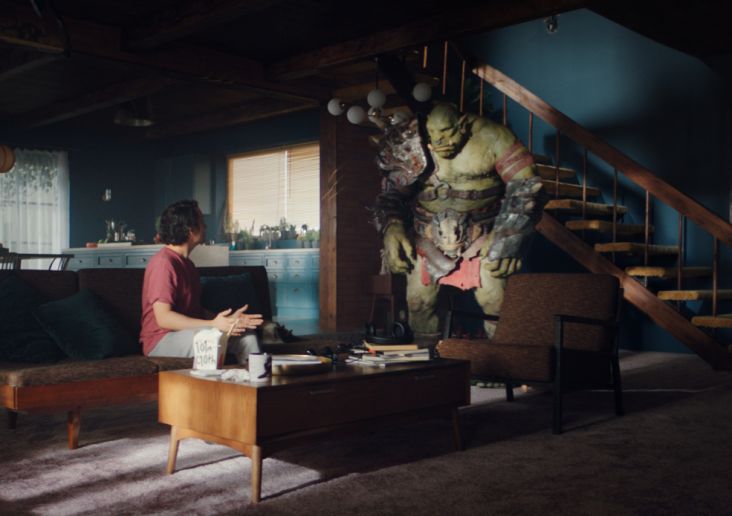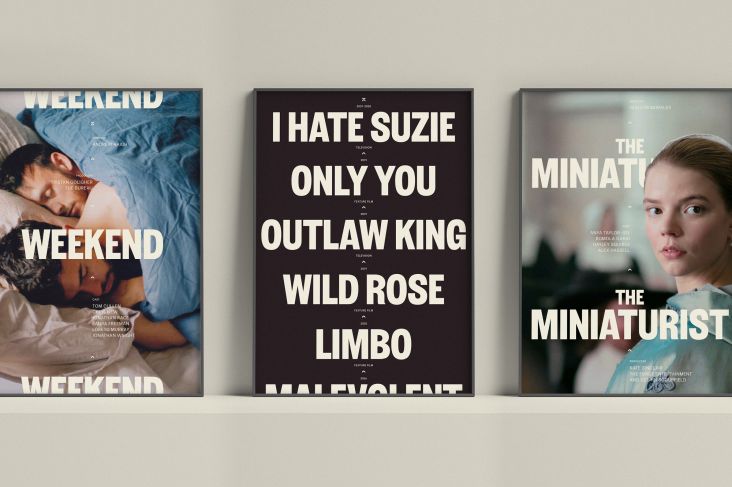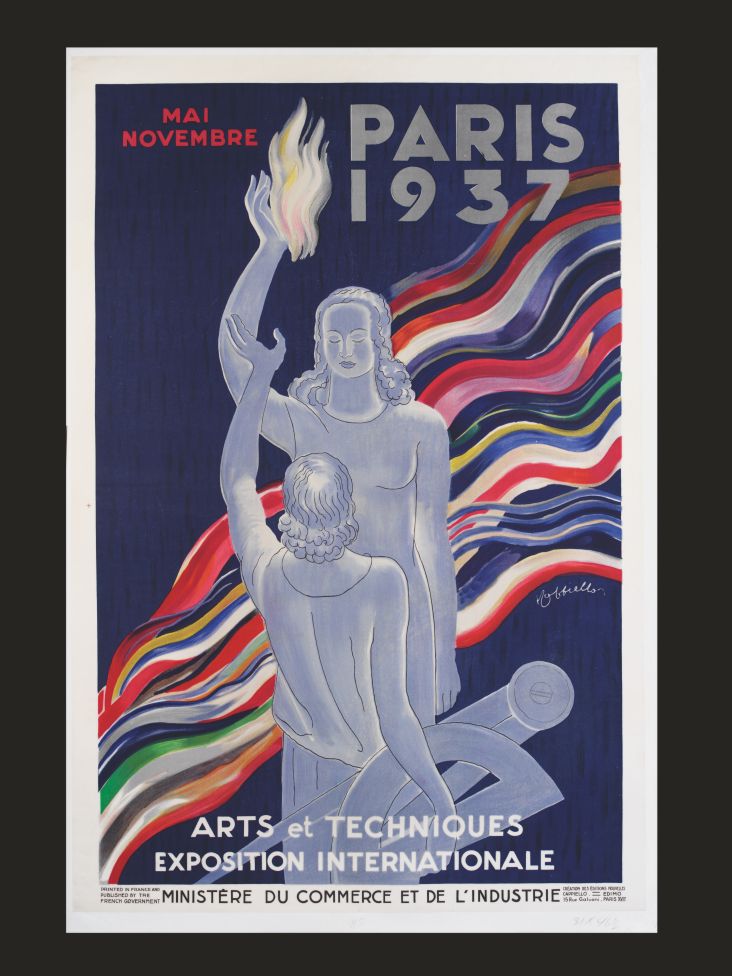The Teacher is a tribute to those who dedicate their lives to educating the next generation
If 2020 has taught us anything – not that many of us needed reminding – it's the importance of key workers in our society; those who play a pivotal role in our daily lives. For Self/Other, a social enterprise and collaboration between Simon Newitt, Curtis James, and Emily Macaulay, it's inspired a new series of books called Beyond Work.
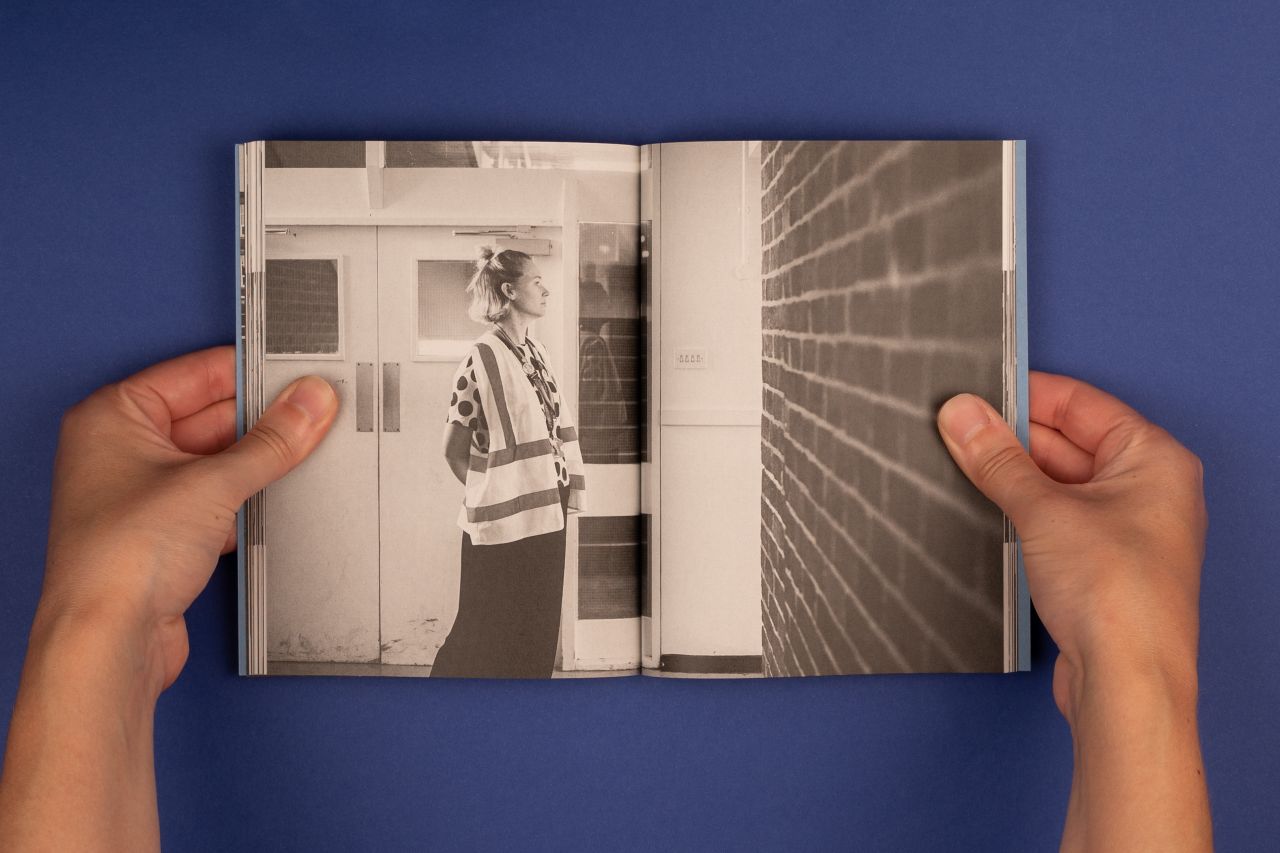
The latest volume, The Teacher, contains 65 black and white photographs, a written monograph, and an interview, which document the life of a secondary school teacher in the UK. Completed in February before Covid-19 forced schools to close, the short monograph is part of an attempt to "describe twenty-first-century public services and public sector work".
"Teaching and education are obviously important," says Curtis. "It connects to the idea of work. Not only is it a job, but most of us end up getting our jobs based on what we've been taught. It seemed like quite an obvious job to delve into. We were fortunate to have a connection to a teacher that we knew personally, and she had a very understanding headteacher. He was very supportive of us coming into the school and spending time observing one of his teachers at work."
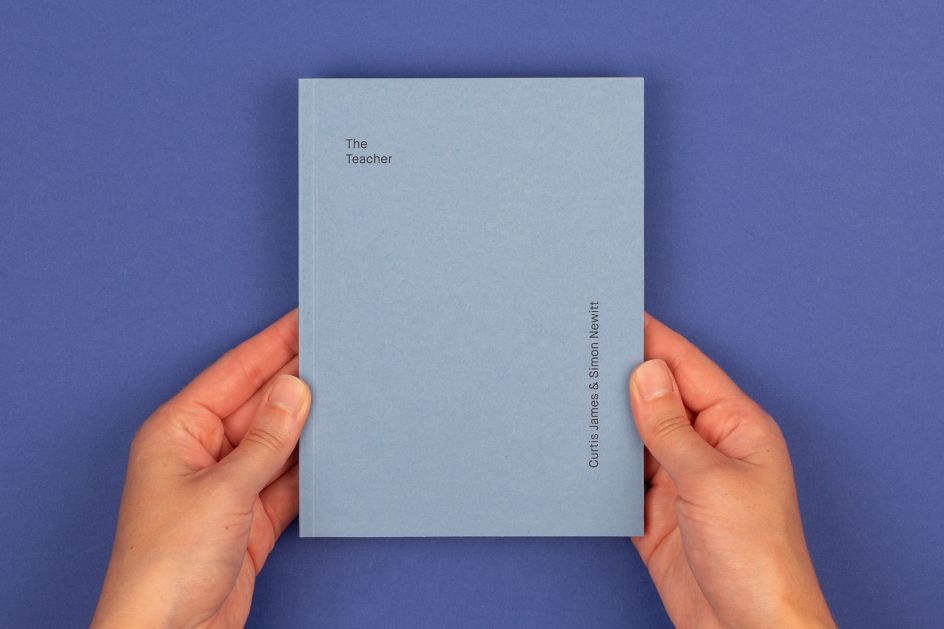
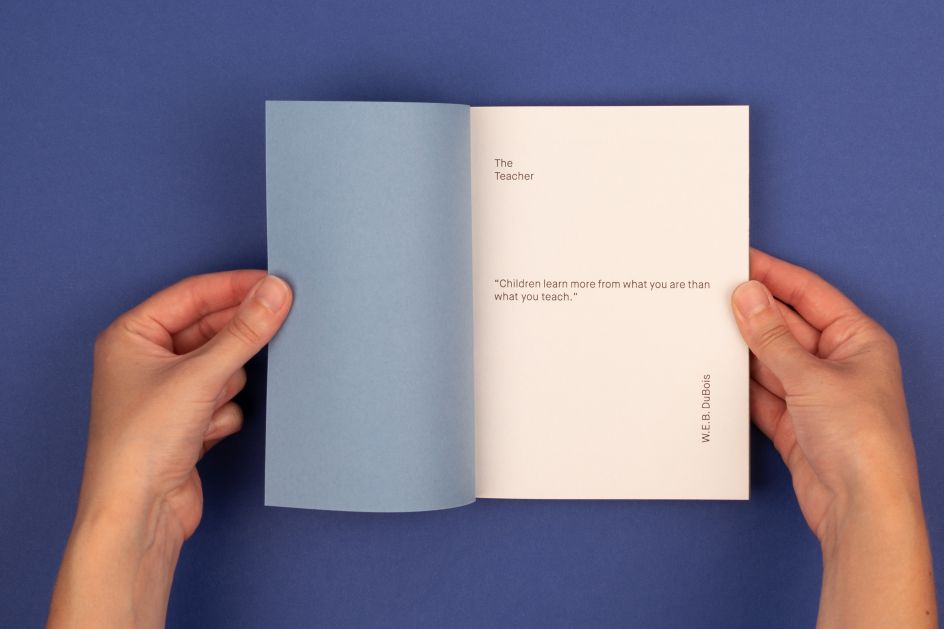
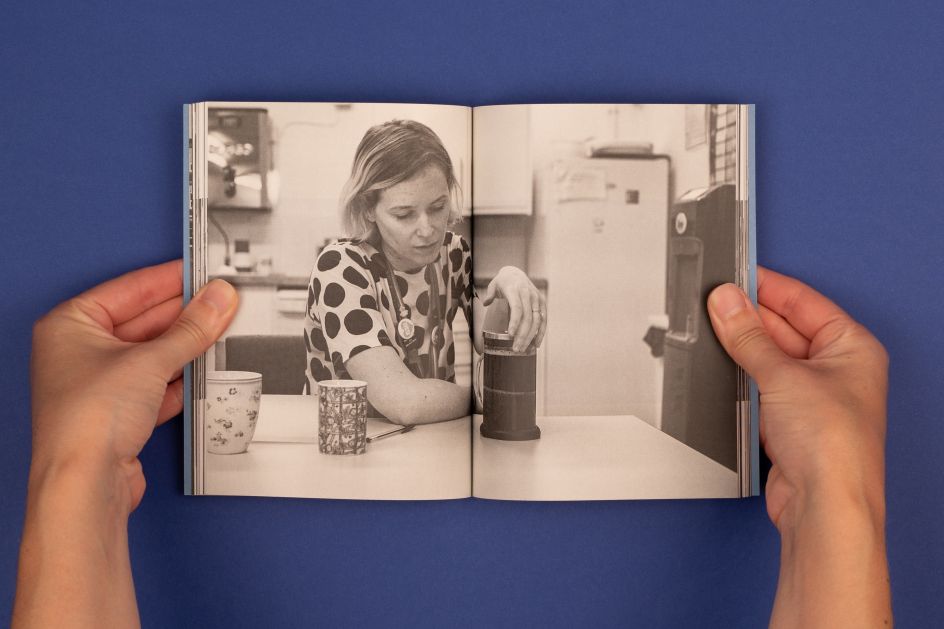
The process was a mix of initial research, working out the kind of questions and what Self/Other might want to look for and then spending time in the school. "I take photographs, and Simon does the writing," adds Curtis. "The first step in the field is getting the interview done, which we filmed in Hannah's classroom. It's the first part of the writing, and it's also the beginning of my process in thinking about what I might photograph."
On the day of the shoot, Curtis meets the person at home as they're getting ready for work, and starts photographing them as soon as he can. "And then I stay with them for the day until they go home. It's fascinating to spend that amount of time with someone to see the transition from home to work and to capture that," he says.
The process in school is a bit trickier due to the requirement of seeking permission from parents. "I had some strict rules about what bits of the classroom I could photograph and who could be included," says Curtis. "My day is a mix of structured, looking for things I may have made notes on that I want to photograph whilst doing the research and listening back to the interview. The rest of the time, I just improvise, seeing what happens and capturing what happens as the day unfolds."
Simon also spent a day in the classroom, spread over the space of two days observing Hannah as she worked, taking plenty of fieldnotes. And then they spent three months reviewing the work, with Simon writing, Curtis editing the photographs and working out which ones worked best with the written work. The final stage was Emily designing the book along with some of the digital stuff.
One of the things Curtis is passionate about is making research accessible. "One of the ways that I do that is by capturing the raw data, whether or not that's an audio interview, sound, written stuff, video, and then using as much of that as possible in the delivery of the work.
"We've got a book that is maybe a more traditional kind of visual ethnography with an interview and writing, but there's also the online version where you can watch Hannah, the teacher, talking about her work life. There is something about listening and seeing someone speaking about their experience, that's very different from reading it on the page. There's a particular nuance in the way someone speaks, and the facial expressions that we all know are important when you're communicating with someone."
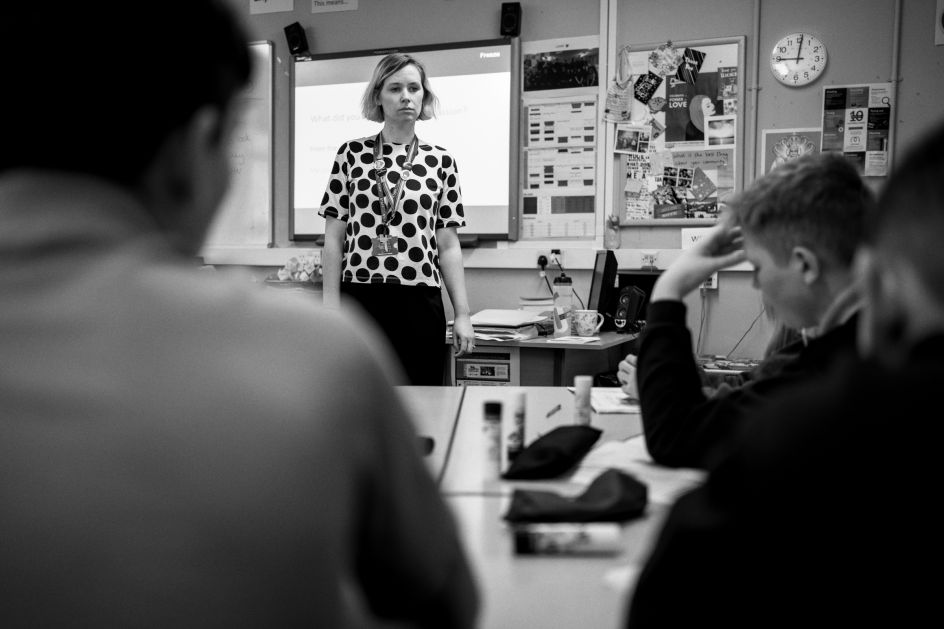
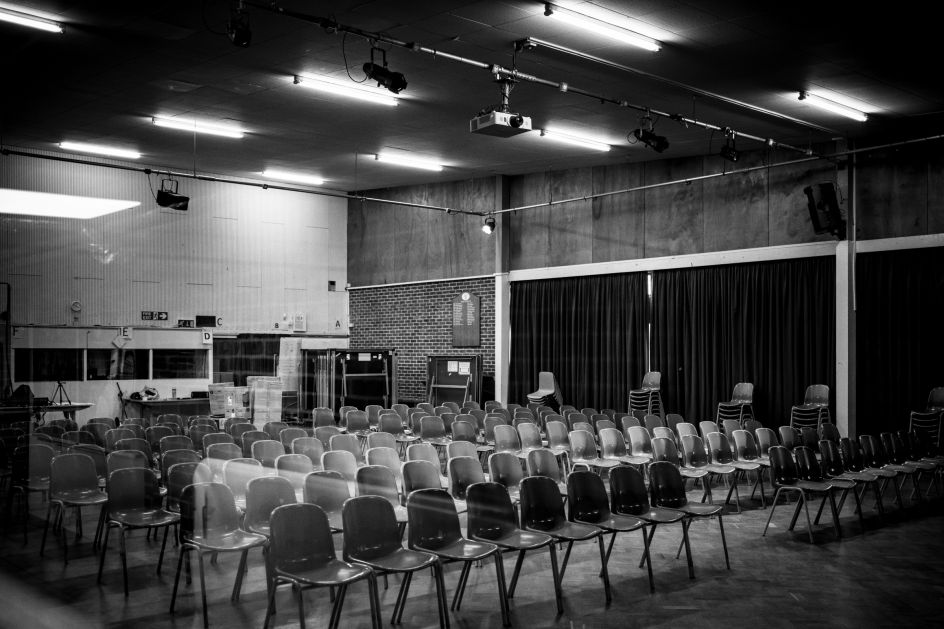
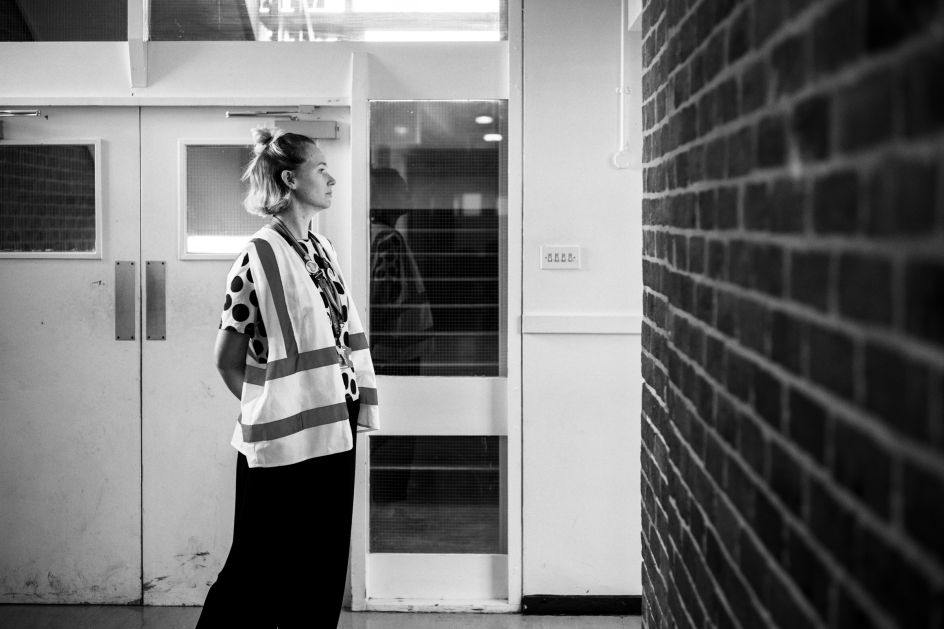
The atmosphere surrounding The Teacher feels emotional and certainly acts as a timely reminder of the incredibly valuable work of teachers. Does Curtis think it's important to hit that message home during these challenging times? "I imagine if you ask anyone about school, one of the first things that comes up is a memory of a teacher that had an impact on that person's life," says Curtis. "I think it's hard to not feel emotional about those experiences when, for most people, whether or not it's a positive or negative memory, it would have had a massive impact on the next years of their lives."
"I also think that teaching is another one of those invisible jobs unless you're a kid or a teacher. Most parents get a glimpse into the world of school when they go to parents evening. They maybe hear about school from their kids, but the actual work of being a teacher, most people don't really know what it entails unless you're in that world. And so I think it is important to remind everyone of what that is and what it's like. And that's partly the book's job, to ask some questions about what it means to be a teacher," he adds.
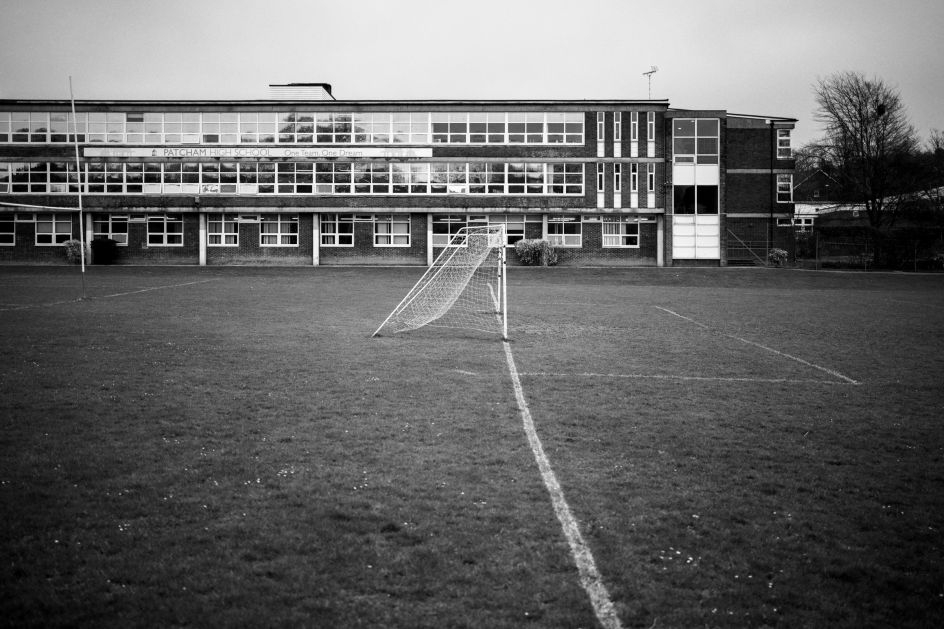
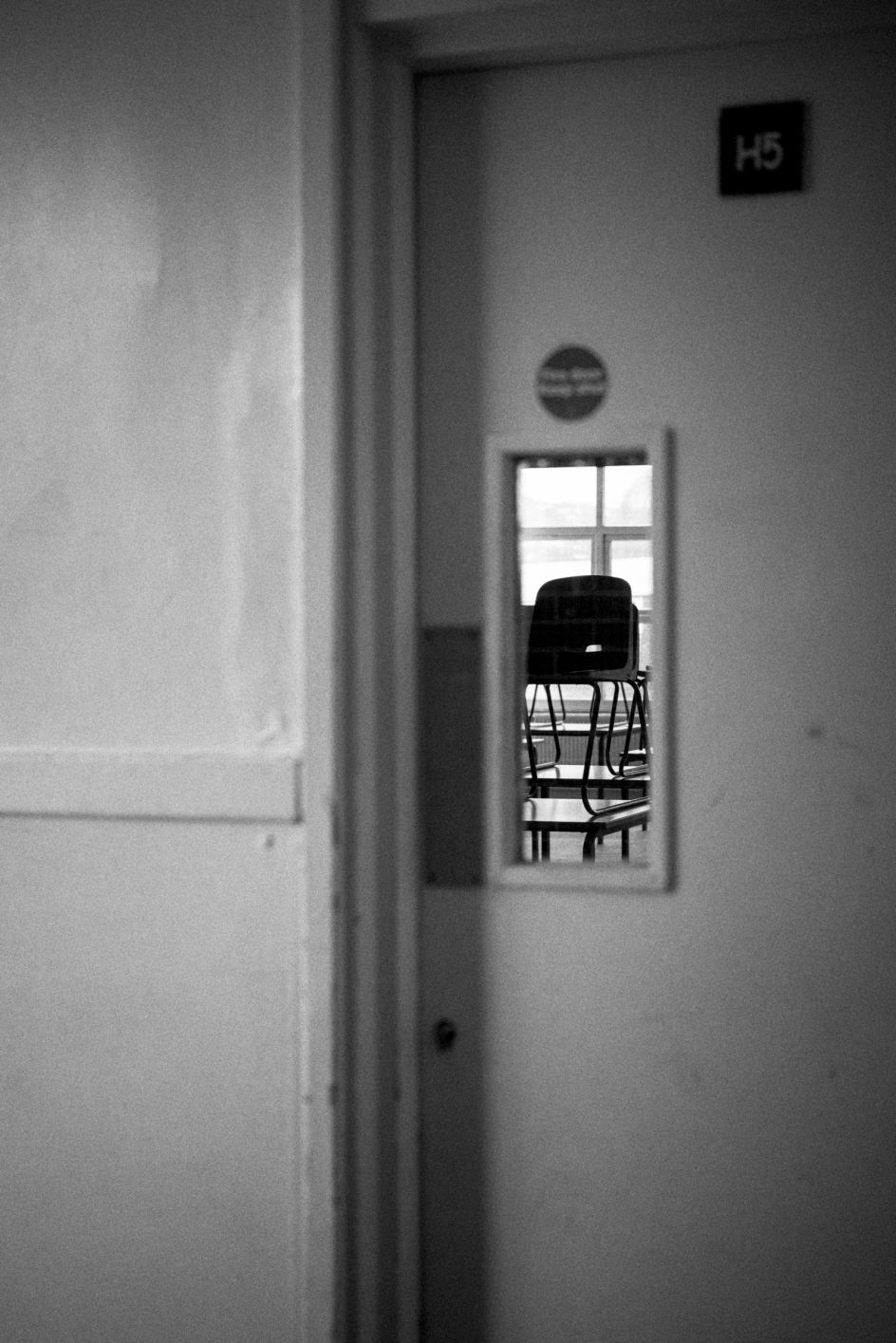
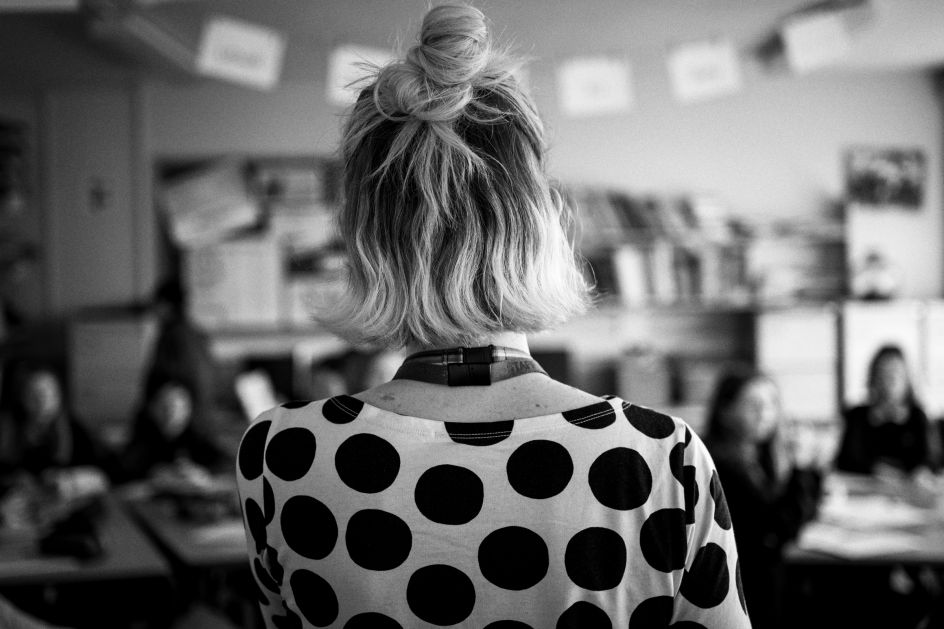
The Teacher also holds significance for Curtis: "I'm a big believer that the most important thing you can teach someone is to cherish and embrace lifelong learning. And it's something for me that has come later in life. I've always had a bit of a challenging relationship with education. I didn't do particularly well when I was at school, but I've always taught myself how to do everything since then. And now I'm really hungry to learn all the time."
What does he hope people will take away from the book? "I hope it gets people talking about the idea of teaching and what it means, especially when education is going through such turbulent times. I hope it inspires people to want to find out more and I hope it's just an enjoyable thing to look through. You could just look through the photographs and take away a story, but Simon's writing and Hannah's interview just add another really rich layer to the whole thing."
To purchase a copy of The Teacher, visit self-other.org.




 by Tüpokompanii](https://www.creativeboom.com/upload/articles/58/58684538770fb5b428dc1882f7a732f153500153_732.jpg)

 using <a href="https://www.ohnotype.co/fonts/obviously" target="_blank">Obviously</a> by Oh No Type Co., Art Director, Brand & Creative—Spotify](https://www.creativeboom.com/upload/articles/6e/6ed31eddc26fa563f213fc76d6993dab9231ffe4_732.jpg)








